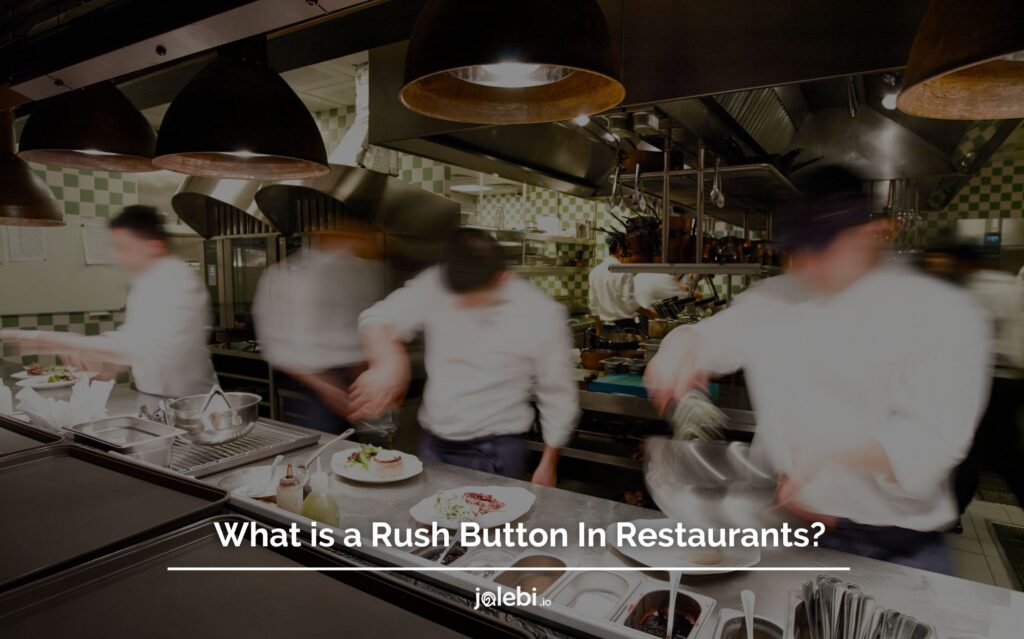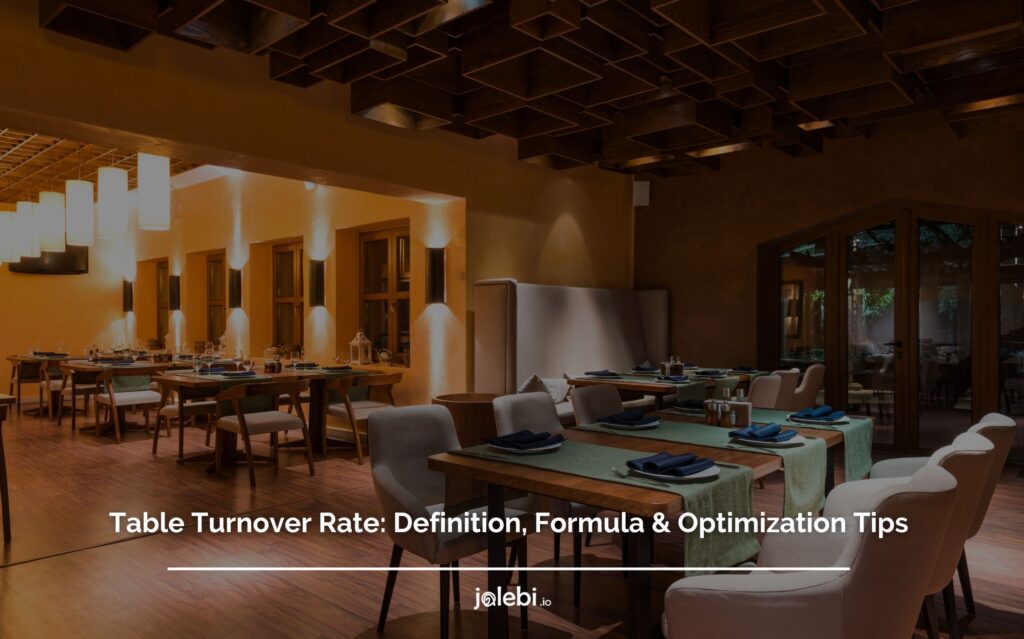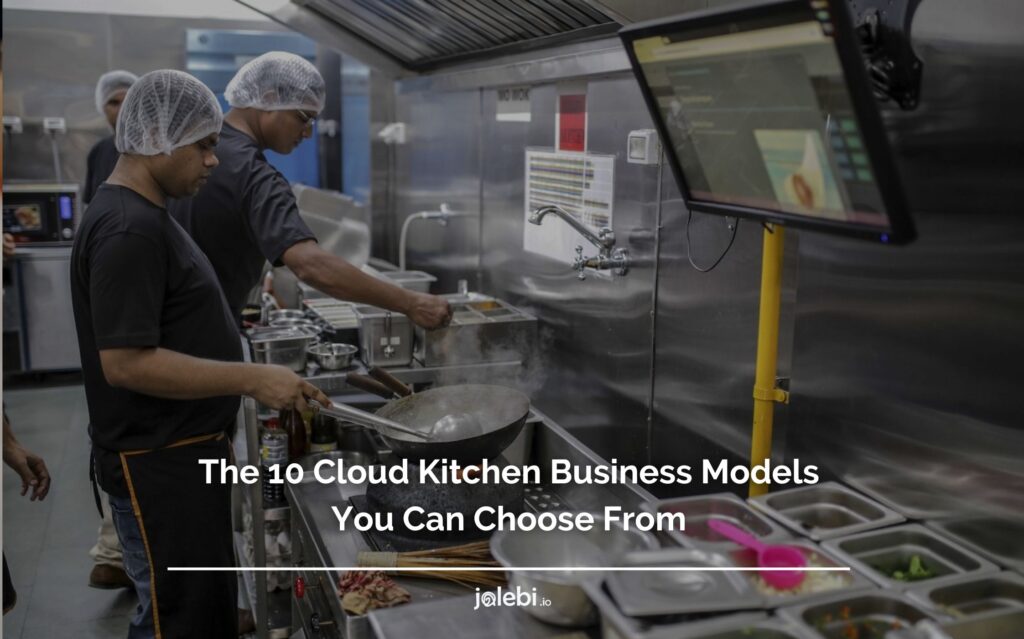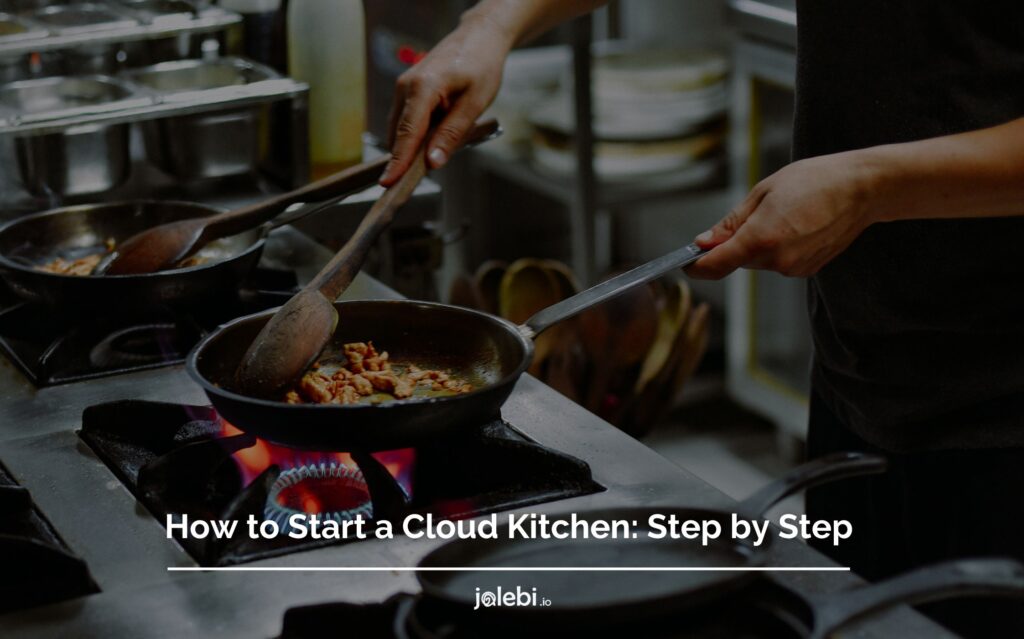Table of Contents

Managing a restaurant can be a rewarding experience, but it can also be challenging, especially when dealing with difficult customers.
According to a survey by the National Restaurant Association, 56% of adults say they would rather spend money on an experience like dining out than on material goods.
You’ll inevitably encounter customers who are unhappy with their food, service, or overall experience.
However, how you handle these situations can make all the difference in maintaining customer satisfaction and loyalty.
In this blog, we’ll explore customer management strategies and techniques for managing difficult customers in your restaurant.
We’ll cover a range of scenarios, from customers who are unhappy with their meals to those who are angry and confrontational.
We’ll also provide tips for diffusing tense situations and restoring trust and confidence in your establishment.
By effective customer management, you can not only turn negative experiences into positive ones but also improve your overall customer satisfaction and retention.
So, let’s dive in and learn how to handle difficult customers with professionalism, empathy, and grace with the right customer management techniques.
What Is Customer Management?
Customer management is the process of overseeing and organizing the interactions between a restaurant and its customers to build and maintain positive relationships.
It involves understanding the needs and preferences of customers, anticipating their demands, and providing excellent service that meets or exceeds their expectations.
An effective customer management strategy also involves strategies for resolving customer issues or complaints, collecting feedback, and using that feedback to improve products, services, and the overall customer experience.
The goal of a customer management strategy is to build trust, loyalty, and repeat restaurants by creating a positive and personalized experience for each customer.
This can include various aspects of the customer journey, from initial contact and engagement to post-purchase follow-up and ongoing support.
The Benefits Of An Effective Customer Service Management Strategy
An effective customer service management strategy can provide significant benefits for restaurants of all sizes and types.
Here are some of the advantages you should consider while devising a strategy for your restaurant restaurants.
- Improved Customer Satisfaction
One of the key advantages of an effective customer service management strategy is improved customer satisfaction.
By understanding the needs and preferences of customers and providing personalized, attentive service, restaurants can create a positive experience that meets or exceeds their expectations. This can lead to increased customer loyalty, retention, and ultimately, revenue.
- Enhanced Communication
A strong management strategy also involves ongoing communication and engagement with customers.
It can include regular outreach to collect feedback, address concerns or issues, and provide value-added content or promotions.
By staying top-of-mind with customers, restaurants can build stronger relationships and increase customer retention over the long term.
- Customer Trends Insight
In addition to improving customer satisfaction and retention, effective customer management can also provide valuable insights into customer behavior, preferences, and trends.
By collecting and analyzing customer data, restaurants can gain a deeper understanding of their target audience and use that information to improve products and services, tailor marketing messages, and optimize pricing and promotion strategies.
- Competitive Advantage
Furthermore, a strong strategy can provide a competitive advantage by differentiating a restaurant from its competitors.
By providing a superior customer experience, restaurants can stand out in a crowded marketplace and attract and retain more customers over time.
This can also help restaurants save money on marketing and acquisition costs by relying more on customer referrals and positive word-of-mouth.
Tips For Effectively Managing Customers At Restaurants
Dealing with difficult customers is an inevitable part of running a restaurant. Whether it’s due to a mistake on the order, long wait times, or simply a bad day on the customer’s end, managing difficult customers can be a challenging task.
However, with the right approach and mindset, you can handle difficult customers in a way that diffuses the situation and maintains a positive experience for all parties involved.
In this section, we’ll provide tips and strategies for effectively managing difficult customers at your restaurant.
1- Train Your Staff On Customer Service
Customer service is the backbone of any successful restaurant. It’s essential to ensure your staff is trained to provide top-notch service and deal with conflicts.
This includes teaching them how to greet customers, take orders, handle complaints, and maintain a positive attitude throughout their interactions.
Your customers should always feel welcome and well-taken care of when they visit your restaurant.
By providing excellent customer service, you’ll create a loyal clientele who will keep coming back for more.
Investing in proper customer service training for your staff is essential to the success of your business.
With the right skills and attitude, your team can turn every customer interaction into a positive experience.
2- Create A Welcoming Atmosphere
When customers come to your restaurant, they want to feel comfortable and relaxed. This means creating an atmosphere that is welcoming and inviting.
You can do this with the lighting, music, decor, and overall ambiance. Make sure everything is set up in a way that makes guests feel at ease.
Pay attention to the overall ambiance of your restaurant. This includes everything from the way your staff interacts with guests to the noise level and temperature of the room.
If you can create a warm and inviting space, they’re more likely to enjoy their meal and come back again.
3- Anticipate Customer Needs
Dealing with difficult customers at a restaurant can be a challenging task, but anticipating their needs can make the task much easier.
Not only does it show that you’re attentive and proactive, but it can also diffuse potential conflicts before they even arise.
To effectively anticipate customer needs, it’s important to be observant. Pay attention to body language, facial expressions, and tone of voice to gauge how customers are feeling.
If someone seems anxious, uncomfortable, or frustrated, take note and see if there’s anything you can do to address their concerns.
So the next time you’re dealing with a difficult customer, try anticipating their needs and see how it can help you handle the situation more effectively.
4- Prioritize Cleanliness And Hygiene
Maintaining a clean and hygienic restaurant is essential for both the safety of your customers and the success of your business.
But did you know that it can also help you deal with difficult customers? Prioritizing cleanliness and hygiene can make a significant difference in how you handle difficult customers at your restaurant.
- Firstly, building trust with your customers is crucial.
When customers feel comfortable and confident in your restaurant’s hygiene practices, they’re more likely to trust your staff and take their recommendations seriously. This can help defuse any potential conflicts or complaints that may arise.
- Secondly, prioritizing cleanliness can help prevent complaints. One of the main reasons why customers complain in restaurants is due to poor hygiene practices, such as dirty utensils, tables, or restrooms.
- Lastly, prioritizing cleanliness and hygiene can also help protect your customers’ health.
A clean and hygienic restaurant can help prevent the spread of illnesses, which can reduce the likelihood of customers becoming sick after dining at your establishment.
By prioritizing cleanliness and hygiene, you show your customers that you care about their well-being, which can go a long way in dealing with difficult customers.
In conclusion, prioritizing cleanliness and hygiene in your restaurant is crucial for handling difficult customers. It can build trust, prevent complaints, and protect your customers’ health
5- Provide Accurate Wait Times
Customers appreciate transparency when it comes to waiting times for a table or food, so it’s important to provide accurate estimates and updates throughout the dining experience. This way, customers can plan their time accordingly and know what to expect.
When there are delays or changes, it’s important to communicate this to customers as soon as possible so they can make the necessary adjustments.
This helps create a positive dining experience for everyone involved and reduces conflicts from the customer’s side.
If you’re looking for a way to ensure your customers receive their orders promptly, jalebi’s order management system is the perfect solution.
With this system in place, you can track orders and monitor delivery times to ensure that everyone receives their purchase when they expect it.
This not only provides peace of mind for your customers but also helps to build trust and loyalty – two essential ingredients for any successful business.
6- Offer Menu Specials And Promotions
Providing customers with menu specials and promotions is a great way to entice them to try new dishes and increase sales. This can include seasonal items, daily specials, and discounts for loyalty program members.
For example, offering a discount on a dish that is typically popular during the summer months can encourage customers to try it even if they wouldn’t normally order it.
Additionally, to ensure efficient customer management, daily specials can be used to promote items that may not be selling as well as others on the menu.
Finally, loyalty program members should receive special discounts and promotions as a thank-you for their continued patronage.
By including these types of specials and promotions in your customer management process, restaurants can boost sales and introduce customers to new and exciting dishes.
jalebi’s restaurant management system is a powerful tool that can help restaurants ensure that they have a universal menu across all of their restaurant branches.
This can be incredibly useful for ensuring that there is a single source of truth for the menu, which can make things much simpler for both customers and staff and reduces the chances of customer dissatisfaction.
By incorporating these tips into your customer management process, restaurants can effectively manage their customers and provide a memorable dining experience that keeps them coming back for more.
Manage Your Difficult Customers With jalebi
Dealing with difficult customers can be a challenging and stressful experience for any restaurant owner or manager.
Fortunately, with the right tools and technology, managing difficult customers can become a much smoother and more efficient process.
One such tool is jalebi’s restaurant operating system, which is designed to help restaurants streamline their operations and improve customer management.
Here’s how jalebi’s restaurant operating system can help you manage difficult customers
- Real-time inventory tracking
- Single-location account management
- Order management
- Recipe management
- Marketplace integration
By using jalebi’s system, you can anticipate customer needs, address complaints quickly and efficiently, and provide a seamless dining experience for all customers.
Contact us today for more information and details!
Final Thoughts
Handling difficult customers is a crucial part of restaurant customer management. It requires patience, empathy, and effective communication skills.
By implementing the customer management tips and strategies discussed in this article, you can manage difficult customers in a way that diffuses the situation and maintains a positive experience for all parties involved.
Ultimately, the goal of handling difficult customers is to turn a potentially negative experience into a positive one, which can lead to increased customer loyalty, positive reviews, and ultimately, a thriving restaurant business.
Frequently Asked Questions
- What are the main types of difficult customers?
There are several types of difficult customers that restaurant owners and managers may encounter. One type is the complainer, who may be dissatisfied with their order or experience and negatively vocalize their complaints.
Another type is the indecisive customer, who may take a long time to decide on their order or make changes multiple times, which can slow down service and cause frustration for staff and other customers.
Lastly, the unreasonable customer is a type that can be particularly challenging to handle, as they may make unrealistic demands or be confrontational in their behavior.
- What causes customer frustration?
One of the main factors is long wait times, whether it’s for a table or for food to be prepared and served.
Customers may become frustrated if they feel that their time is being wasted, particularly if they have made reservations or are on a tight schedule.
Inaccurate orders, either in terms of incorrect dishes or mistakes in preparation, can also cause frustration and dissatisfaction. Poor service, such as rude or inattentive staff, can also contribute to customer frustration.
Additionally, issues with cleanliness and hygiene, such as dirty tables or restrooms, can create a negative experience for customers.
Other factors that may contribute to customer frustration include loud or disruptive environments, limited menu options, and unexpected surcharges or fees.
- What is the best customer service?
The best customer service is one that is focused on the customer’s needs and preferences. It involves actively listening to the customer, responding to their requests and concerns, and providing a personalized experience that exceeds their expectations.
Effective communication is a key aspect of great customer service, as it helps to build trust and rapport with the customer. This includes clear and timely responses to questions or requests, as well as anticipating their needs and preferences.
Other important elements of excellent customer service include a friendly and professional demeanor, attention to detail, and a willingness to go above and beyond to ensure customer satisfaction.











